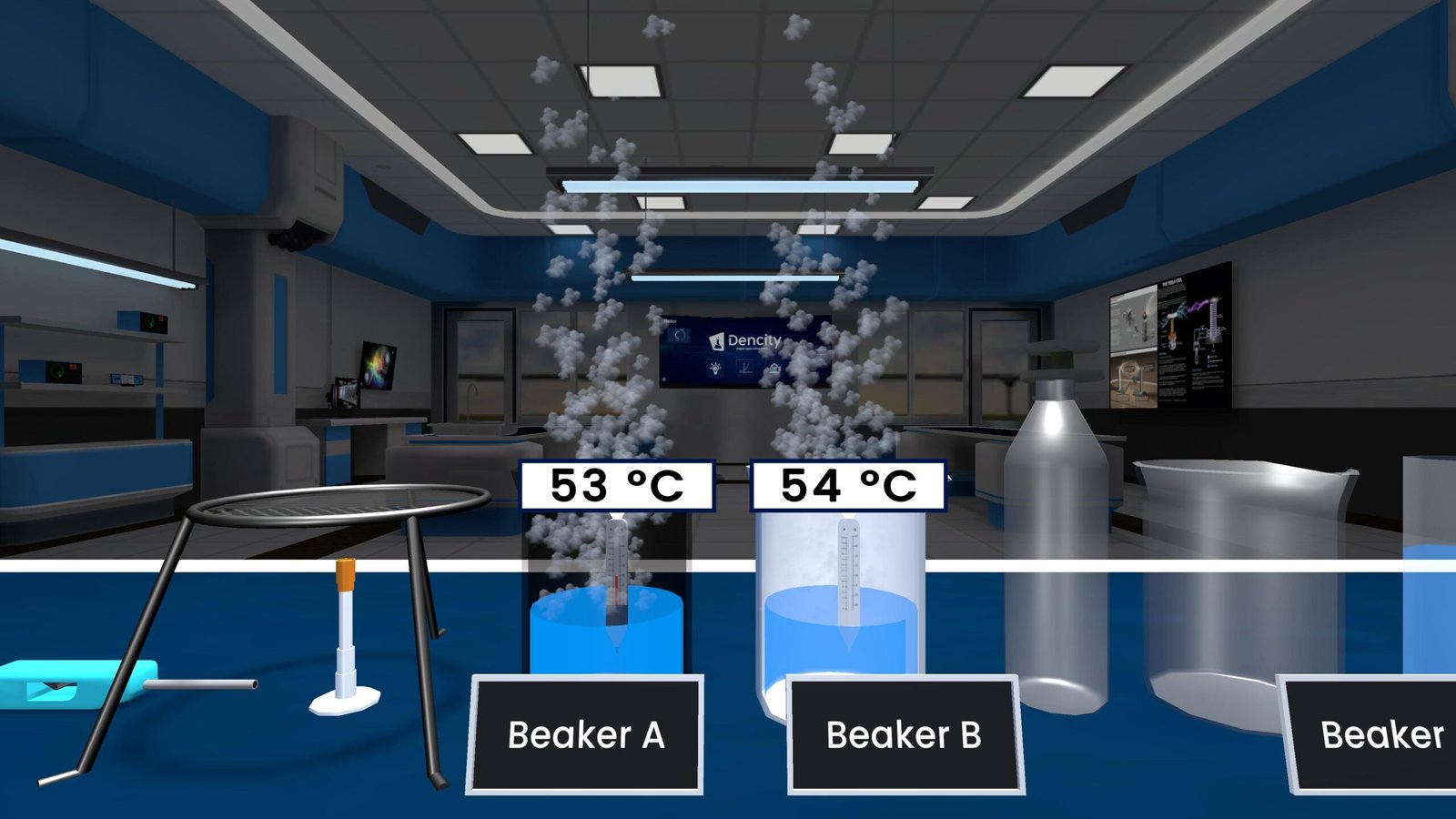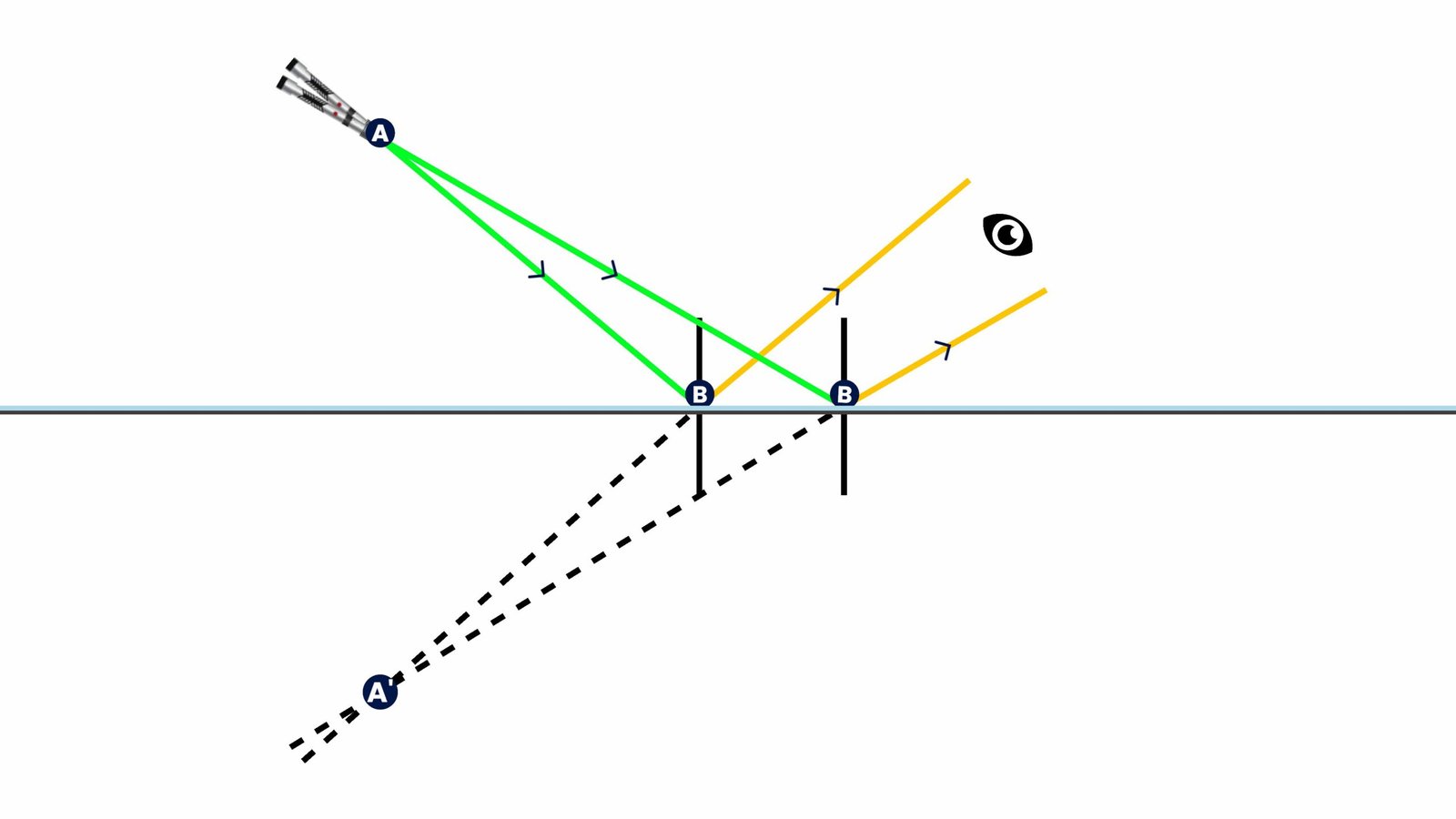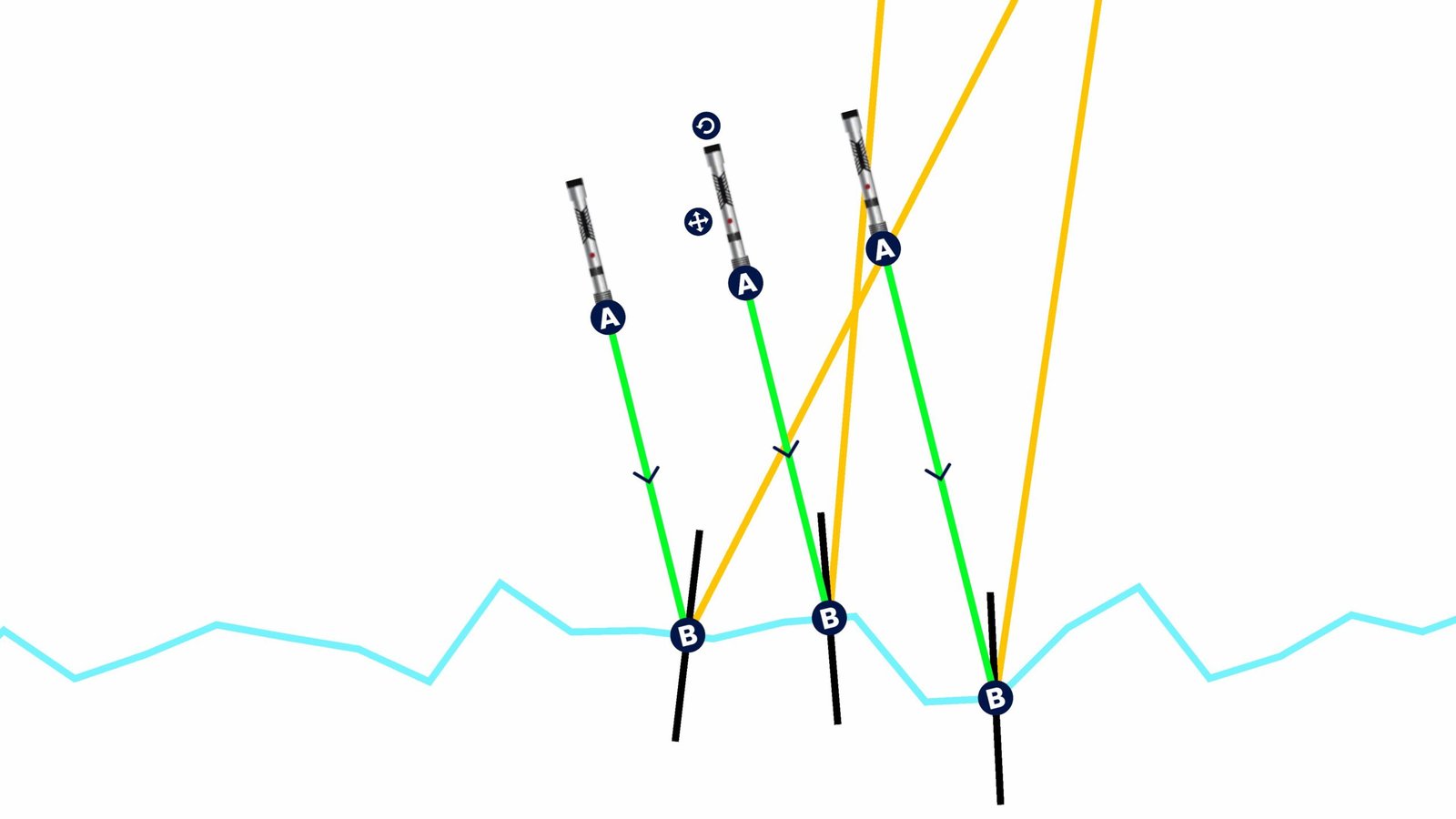Understanding Liquid State – Properties, Uses, and Behavior
Liquid state are a fascinating matter. Unlike solids, they don’t have a fixed shape, but they do have a fixed volume. This means that no matter the container you pour a liquid into, the amount (volume) stays the same, but it takes on the shape of that container.
The particles in a liquid are loosely packed compared to solids but tighter than in gases. They move around each other freely, which gives liquids their fluidity—the ability to flow. This property is key to how we use liquids in everyday life, from pouring juice into a glass to oil flowing through machines.
Key Properties of Liquids
- No fixed shape – They take the shape of their container.
- Fixed volume – The amount doesn’t change with the container.
- Fluidity – Liquids can flow because their particles are not tightly bound.
- Almost incompressible – You can’t squeeze them into a smaller volume easily.
- Flow under gravity – Liquids naturally move from higher to lower levels.
Real Life Examples
- Water in tanks or bottles
- Cooking oil adjusting to the shape of a pan
- Juices and sodas fitting into bottles or glasses
- Machine oils moving through pipes and gears
Observations You Can Make
- Pour a liquid into different shaped containers – the volume remains the same.
- Watch how it flows – it always moves downward if left to gravity.
- Try compressing it – it resists, unlike air.
Summary Table:
| Property | Liquids |
|---|---|
| Shape | No fixed shape, fits container |
| Volume | Fixed volume |
| Fluidity | High fluidity – flows easily |
| Compressibility | Almost incompressible |
How Dencity Helps Explore Liquids Virtually
The Dencity app is a powerful virtual science lab that brings these concepts to life. Using Dencity, students from class 9 science onwards can conduct virtual science experiments safely and cost-effectively. For the topic of Liquids, students can:
- Simulate how liquids behave in different containers.
- Observe flow, volume consistency, and compression resistance.
- Modify variables and see immediate results using real-time simulations.
By enabling interactive learning, Dencity makes it easier for students to understand and remember scientific concepts.
Dencity for Teachers
With Dencity, interactive teaching becomes effortless. Teachers can:
- Create virtual classrooms and host live experiments.
- Control who interacts with the experiment for student engagement.
- Assign homework and assessments with built-in tracking.
- Use drawing tools and visual aids to clarify concepts.
This transforms teaching into a collaborative and dynamic experience, boosting both student interest and understanding.
Perfect for Interactive Touch Panels
The Dencity app is optimized for interactive touch panels used in modern classrooms. Teachers and students can easily control experiments with touch gestures, making classroom science sessions engaging and immersive.
Request a Demo or Customized Pricing
Educational institutions can contact us for custom pricing or to schedule a demo of Dencity. It’s a step toward making science education modern, engaging, and accessible.
Frequently Asked Questions
- Why do liquids not have a fixed shape?
Because their particles are loosely packed and can slide past each other, allowing them to take the shape of any container. - What does fluidity mean in liquids?
It means the ability of a liquid to flow. The more fluid a liquid is, the more easily it flows. - Why can’t we compress a liquid easily?
Because its particles are already close together, so there’s very little space to compress them further. - What is viscosity?
Viscosity is the resistance of a liquid to flow. Thicker liquids like honey have high viscosity. - Why do liquids maintain a constant volume?
Intermolecular forces keep the particles close enough that they occupy a consistent volume. - How does Dencity help students understand liquids?
Through virtual simulations where students can change containers, observe fluidity, and measure volume—all in a safe digital space. - Is Dencity suitable for class 9 science students?
Yes, Dencity is tailored for class 9 to Class 12 science students and helps in understanding all fundamental concepts. - Can teachers assign experiments as homework in Dencity?
Absolutely. Teachers can assign tasks in less than 30 seconds and receive automatic reports. - Does Dencity require special hardware?
No, it works smoothly on mobiles, tablets, desktops, and touch panels. - How can schools get access to Dencity?
By reaching out for a customized demo or pricing plan tailored to their needs.
Explore the future of science learning with the Dencity virtual lab—where learning meets innovation.







